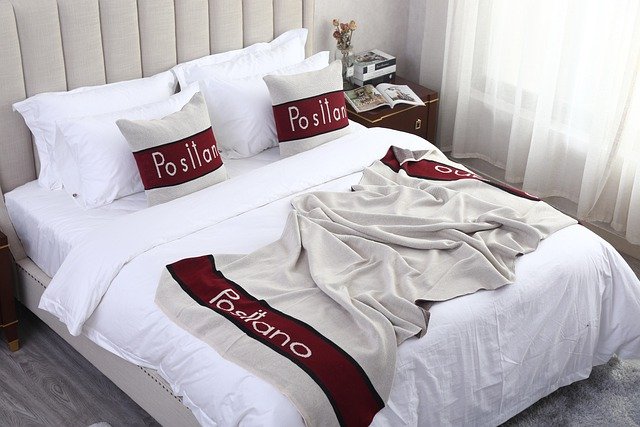Choosing the right heat settings for different sleep styles
Choosing the right heat settings helps you balance warmth, safety, and energy use while matching how you sleep. This article explains how sleep stages, personal preferences, materials, and controls affect the best settings, and offers practical maintenance and sustainability tips for comfortable nights.

Choosing heat settings to fit your sleep style means thinking beyond a single temperature. Different sleepers—those who run cold, who overheat, or who change position during the night—need distinct approaches to achieve steady warmth without compromising safety or energy efficiency. Consider how materials, controls, embedded sensors, and maintenance routines influence performance, and how allergies or washing requirements affect long-term comfort and durability.
Heating and warmth preferences
Individual warmth preference varies with age, metabolism, and health. Some people prefer steady, low-level heating through the night, while others like a quick pre-warm and then cooler conditions. Adjustable controls that allow gradual heating or timed shutoffs can help maintain a comfortable microclimate without overheating. Pay attention to how a blanket distributes heat across zones—even heating is better for continuous sleep and reduces the need to raise overall temperature, which improves energy efficiency.
How sleep stages affect temperature
Sleep cycles influence how much warmth your body needs. During deep non-REM sleep, body temperature tends to drop, whereas REM sleep can make some people more sensitive to heat. If you wake often from temperature shifts, consider sensors or programmable controls that respond to changes over time. Smart options that simulate a pre-warm period and then reduce output during deeper stages can support uninterrupted rest while providing the right level of warmth when you need it.
Safety features, sensors, and energy efficiency
Safety is essential when using any heated bedding. Look for blankets with overheat protection, automatic shutoff timers, and reliable temperature sensors that prevent sustained high temperatures. Energy-efficient models use lower wattage distributed smartly through the fabric or offer multiple settings to minimize consumption. Choosing a product with proper certifications and clear control feedback reduces risk and helps you balance heat and electricity use while maintaining sleep comfort.
Materials, maintenance, allergies, and washing
Fabric and internal wiring affect breathability, durability, and cleaning options. Natural and synthetic covers differ in thermal conductance; some materials trap heat while others wick moisture. If you have allergies, choose hypoallergenic outer materials and a machine-washable design to reduce dust and allergens. Follow the manufacturer’s maintenance guidance for washing and storage to preserve sensors and controls. Proper care extends lifespan and keeps warmth consistent without degrading safety or performance.
Portability, durability, and sustainability
If you travel or move between beds, portability and ease of setup matter. Lightweight, compact options and detachable controllers make transfer simpler. Durability is tied to build quality: reinforced stitching, secure connectors, and robust control units reduce failures. Consider sustainability: longer-lasting products, recyclable components, and energy-efficient operation lower environmental impact. Balancing portability with durable construction ensures reliable heating and reduced waste over time.
Matching controls to sleep styles
Different control types suit different sleepers. Simple dial or button interfaces work well for those who prefer manual adjustments, while programmable timers and app-enabled controls benefit people with varying nightly routines. Look for multi-level settings, zone control, and responsive sensors if you change positions often or share bedding. Efficient control strategies—pre-warming, gradual heat reductions, and auto-shutoff—help you get necessary warmth without excessive energy use or disruption to sleep.
This article is for informational purposes only and should not be considered medical advice. Please consult a qualified healthcare professional for personalized guidance and treatment.
Choosing the right heat settings takes a mix of self-awareness and product knowledge: understand your warmth needs across sleep stages, prioritize safety features and energy-efficient controls, and follow proper maintenance to preserve performance. Thoughtful selection and care help you get consistent warmth, reduce energy waste, and maintain long-term durability and comfort.






